Learn | What is the Keystone Hardware Wallet? Backpack integrates new crypto cold storage
Keystone is an air-gapped cold storage hardware wallet which stores cryptocurrency assets in an offline physical device.
Backpack Wallet now supports Keystone, users can connect the device and move their crypto (and NFTs) to cold storage.
To celebrate the integration, Keystone is offering all Mad Lads holders a 50% discount on custom-designed hardware wallets. Learn more about the offer here.
What is the Keystone Hardware Wallet?
Keystone, formerly known as Cobo Vault, is a leading provider of cold storage hardware wallets to store crypto assets (tokens and NFTs).
They provide strict security protections which protect against both software and hardware attack vectors.
Keystone is headquartered in Hong Kong and the hardware wallet devices are manufactured in China. The Keystone brand emerged in June 2021 and has been continuously building since then.
Key features of the Keystone hardware wallet include:
Numerous physical device and data protections
Advanced recovery mechanisms
Multisig (multisignature) support for multiple approvers
Encrypted QR code transactions
Community audited code
Touchscreen display
Extended battery life
Secured firmware update process
How does Keystone hardware wallet protect from attacks?
Air-gapped technology is the first line of defense for cold storage, the device is completely isolated from network connection including Wi-Fi, Bluetooth and USB.
Biometric authentication (verification of unique biological traits) in the form of fingerprint recognition.
Secure Elements design prevents physical attacks from gleaning data (private keys) while the device is turned on and operational. This Keystone protection covers a myriad of attack vectors.
Side channel attacks are a method that focuses on observing a device's physical behavior such as energy consumption, electromagnetic emissions and sounds to reveal information about what is being processed.
Power Analysis - the most common vector which reads changes in power consumption while a transaction is being signed to identify the private key.
Cold Boot - this vector examines any physical memory that a device may be holding directly after powering down.
Faults - finding faults in the hardware construction or software integration can be induced by introducing known electric currents and observing how the device reacts.
What happens to a Keystone hardware wallet when it is physically attacked?
Keystone hardware wallets have a self destruct mechanism that wipes all information on the device (including private keys) upon detection.
The Keystone wallet only has one physical entry point, a Micro SD slot.
In order to access internal components of the hardware wallet an attacker must physically take the device apart which will trigger the self destruct function.
In the event of a physical attack, assets can be reclaimed using a seed phrase.
How do I connect the Keystone hardware wallet to Backpack?
Download Backpack Wallet browser extension.
Open the Settings menu and select 'Add Account'
Select 'Import Wallet' and choose the appropriate network
Select 'Use a hardware wallet' and choose 'Use a Keystone wallet'
Follow directions on Keystone device and scan QR code on the Keystone
Proceed with wallet setup instructions
Note: Always record private keys and seed phrases in a secure location. Neither Backpack nor Keystone will be able to recover your assets if this information is lost.
At the time of publication, Keystone is supported in browser extension with iOS and Android coming soon.
Where can I learn more about the Keystone hardware wallet?
The Keystone blog has a tremendous amount of resources about their product and security concepts used when designing and manufacturing cold storage hardware wallets.
The content presented on this platform is intended solely for general educational purposes and should not be construed as financial or investment advice. The information provided does not constitute an endorsement, suggestion, or recommendation to purchase, sell, or engage with any specific digital assets or investment strategies.
We do not guarantee the accuracy, completeness, or timeliness of the information presented. Users should not rely on this content as a basis for making investment decisions. Our organization and its associated entities disclaim any responsibility for potential errors, omissions, or delays in the information provided, as well as any resulting losses, injuries, or damages.
For any inquiries, please contact support@backpack.exchange





